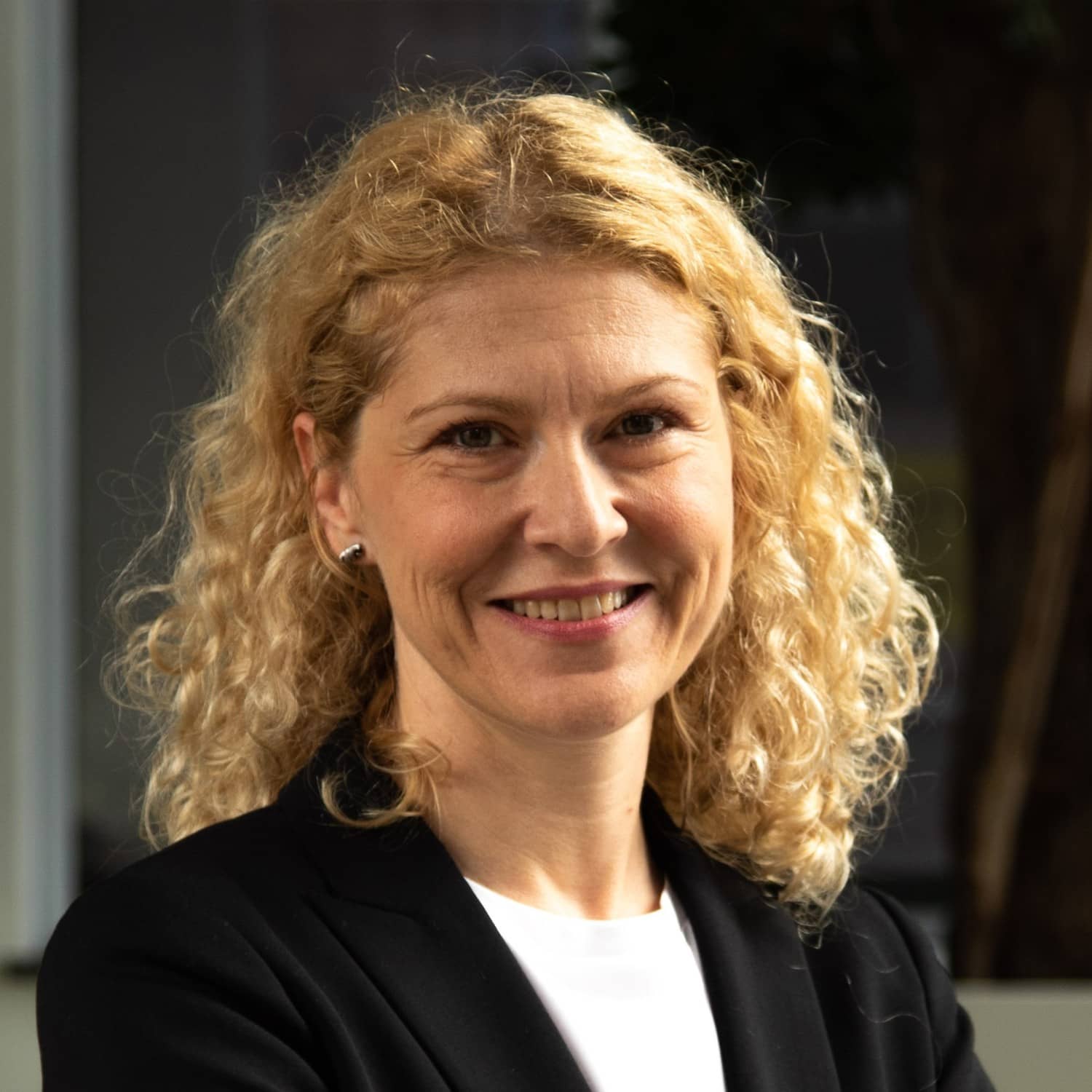Design Approaches Definitions
Design for Standardization & Modular Design
The two design approaches of ‘Design for Standardization’ and ‘Modular Design’ have been around for quite some time, but are analyzed here as two significant design approaches that can facilitate circular design. In this video, Olga explains what they mean, the opportunities they offer but also their limitations.
Main Takeaways
- Standardization is the process of establishing rules and norms to guide the creation of a good or a service based on the consensus of all the relevant parties in the industry.
- Modular systems are composed of separate, standardized units that can be applied and connected together, but remain independent from one another.
